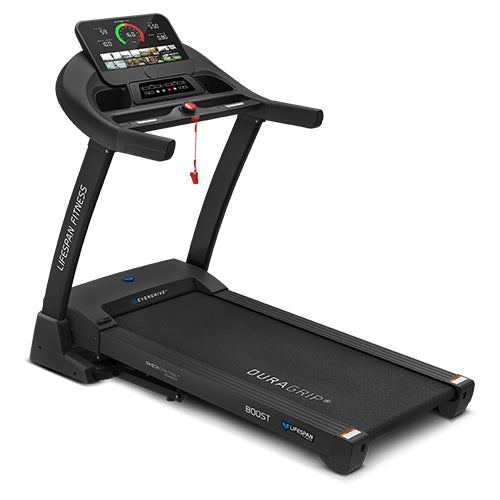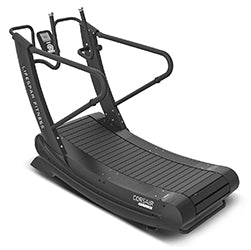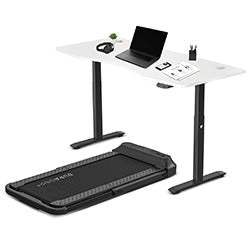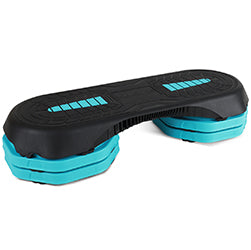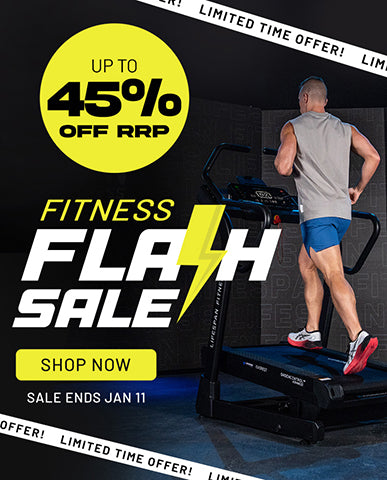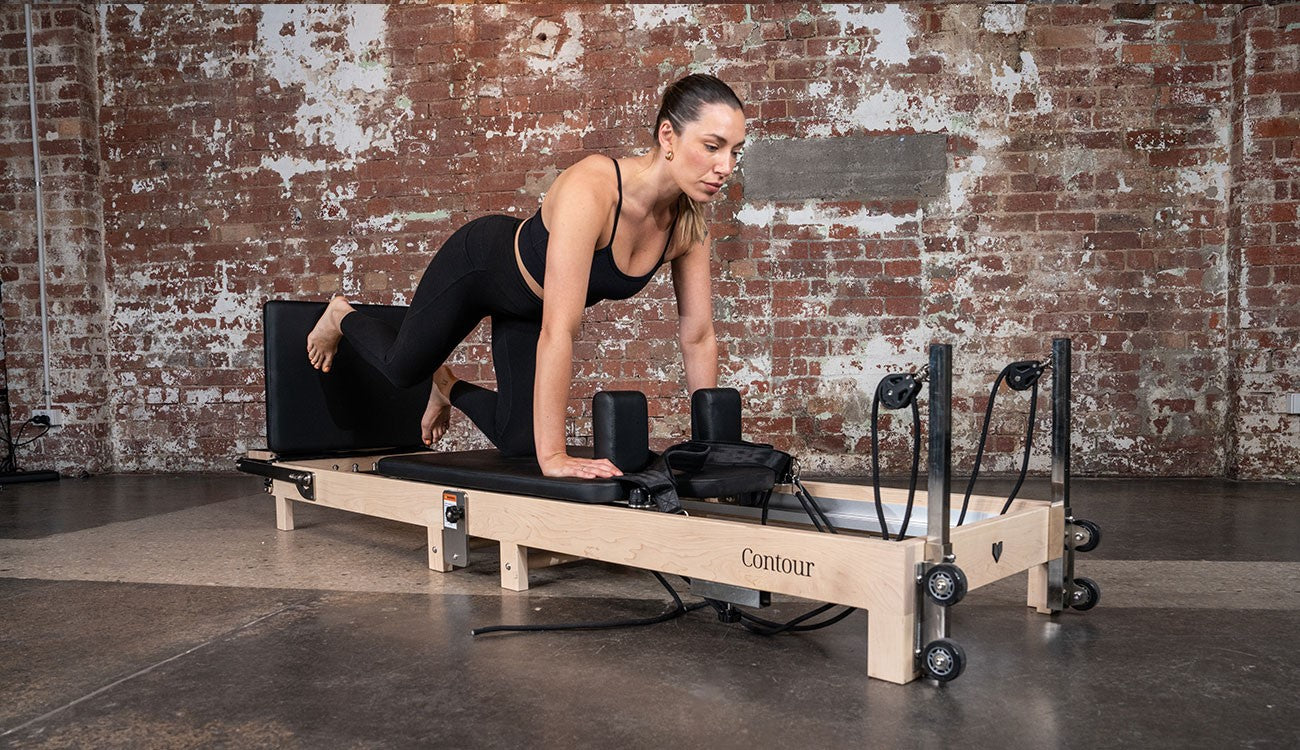

If you're reading this, you're probably curious about world of Pilates and heard of the impressive benefits it can have for your personal health and fitness. At the same time, you may be wondering how exactly to get started and what's the best choice for a beginner.
At Lifespan Fitness, we're big believers in reformer Pilates, which utilises a specialised machine to provide resistance during your workout. While these machines may seem complex at first, we're here to assure you that just about anyone can enjoy the benefits of reformer Pilates.
It's a great option for those new to exercise or looking for a low-impact alternative to traditional workouts. This also makes it a good choice for seniors or those with limited mobility.
So, join us as we give you the run-down of how to get started with reformer Pilates, the best exercises to try and our tips for how to get the most out of your workout.
Why Choose Pilates?

Reformer Pilates offers a unique approach to fitness, focusing on controlled movements and resistance to enhance strength and flexibility. Exercises on the Reformer involve using springs, pulleys and a sliding carriage to provide resistance, which helps in developing core strength and improving overall body alignment.
Reformer Pilates targets multiple muscle groups simultaneously. It primarily engages the core, including the abdominals, lower back and obliques, but also strengthens the arms, legs and glutes. This comprehensive engagement helps in balancing muscle development and improving posture.
The benefits of Reformer Pilates are extensive. It helps in improving flexibility, increasing core strength and enhancing muscle tone. In contrast to other forms of exercise, its completely low impact, making it suitable for anyone with joint issues or if you're just seeking a gentler workout.
Regular practice can also aid in weight loss by increasing muscle engagement and calorie burn. For a deeper dive into its benefits, check out Is Reformer Pilates Good for Beginners and Can Reformer Pilates Help with Weight Loss.
Getting Started

To start off, you're going to want to adjust the equipment according to your body size and fitness level to prevent any strain or injury.
Make sure your machine is placed on a flat, stable surface to prevent it from tipping or shifting during use. Avoid placing it near stairs, sharp objects or in tight spaces where movement could be restricted. Start with beginner-level exercises, focusing on mastering the basics before progressing to more advanced moves. Always engage your core muscles to protect your spine and maintain stability throughout your workout. Adjust the springs and straps to a level that matches your fitness and comfort; if something feels too difficult or uncomfortable, it's crucial to modify the exercise or ask for guidance.
Pay attention to your body's signals—if you feel pain (beyond the normal discomfort of muscle exertion), stop immediately and reassess your form or reduce the intensity.
Understanding your machine is key to maximising your workout. Take time to learn how the springs provide resistance and how different settings can affect your exercises.
You may also want to consider formal classes. Professional instructors offer valuable guidance on correct form and technique, which can enhance your workout effectiveness and reduce the risk of injury. Classes also provide a structured environment and a supportive community, making it easier to stay motivated and consistent. If you're unsure where to start, look for introductory classes or workshops at local studios.
Beginner Workouts
Footwork Series
The footwork series of exercises strengthens and aligns the legs, feet and core. It involves pressing the Reformer's carriage in various foot positions, targeting different muscles like the inner thighs, calves and glutes. This sequence is a good starting exercise that enhances stability, flexibility and prepares the body for more advanced Pilates exercises.
Leg Circles
This exercise helps in enhancing hip mobility and strengthens the inner and outer thighs. While lying on your back with your legs extended, make small circles with your legs, keeping them controlled and steady.
The Hundred
This classic Pilates move engages the core and improves endurance. Lying on your back with your legs lifted and arms extended, pump your arms up and down while maintaining a steady breathing pattern.
Bridging
This exercise targets the glutes and lower back. Lie on your back with feet placed on the Reformer, lift your hips towards the ceiling, and lower back down slowly.
Incorporate stretches into your routine to improve flexibility and reduce muscle tension. Check out 7 Essential Stretches for Your Body for additional stretches to complement your Reformer Pilates workouts.
Advanced Workouts
Once you're comfortable with the basics of Reformer Pilates, you can start challenging yourself with more advanced workouts. To elevate your routine, consider incorporating these strategies:
Increase Resistance
Adjust the springs on your Reformer to increase the resistance. This added challenge will engage your muscles more intensely and help build strength and endurance.
Add Variations
Modify basic exercises to create more complex movements. For instance, in the footwork series, you can try single leg presses or change the foot positions to target different muscle groups.
Incorporate Balance and Stability
Use the Reformer's carriage and straps to perform exercises that require balance and stability. Try exercises like the single leg stretch or the teaser, which not only challenge your core but also improve coordination and balance.
Combine Moves
Create circuits that combine several exercises into one continuous flow. For example, start with a series of leg circles, transition into a bridge, and then perform a set of push-throughs. This combination keeps your workout dynamic and engaging.
For a comparison of Reformer Pilates and weight training, which can help you understand how to integrate these approaches effectively, visit Reformer Pilates vs. Weight Training.
Additional Tips

Consistency
Stick to a regular schedule to see progress. Consistent practice helps in building muscle memory and improving overall fitness levels. Aim for at least two to three sessions per week to maintain momentum.
Listen to Your Body
Pay attention to how your body responds to different exercises. If you feel discomfort or pain, adjust the intensity or consult a professional. Avoid pushing through pain, as this can lead to injury.
Focus on Breathing
Proper breathing is essential in Pilates. It helps in maintaining control and enhancing the effectiveness of each exercise. Practice deep, controlled breaths to stabilise your core and improve overall performance.
Set Realistic Goals
Start with achievable goals and gradually increase the challenge as you build strength and confidence. Setting small, incremental goals can keep you motivated and track your progress effectively.
Mix It Up
Incorporate a variety of exercises to prevent monotony and ensure a balanced workout. Combine Reformer Pilates with other forms of exercise, such as cardio or strength training, for a well-rounded fitness regimen.
By following these tips, you'll enhance your Reformer Pilates experience and achieve better results.
Conclusion

Reformer Pilates is an excellent way for beginners to build strength, flexibility and maintain overall fitness levels. By starting with foundational exercises and gradually progressing to more advanced routines, you can effectively enhance your physical health. Consistency, proper technique and listening to your body are key to maximising the benefits of your workouts.
So, what're you waiting for? Get started with your reformer Pilates today and start enjoying all the amazing benefits it has to offer.




